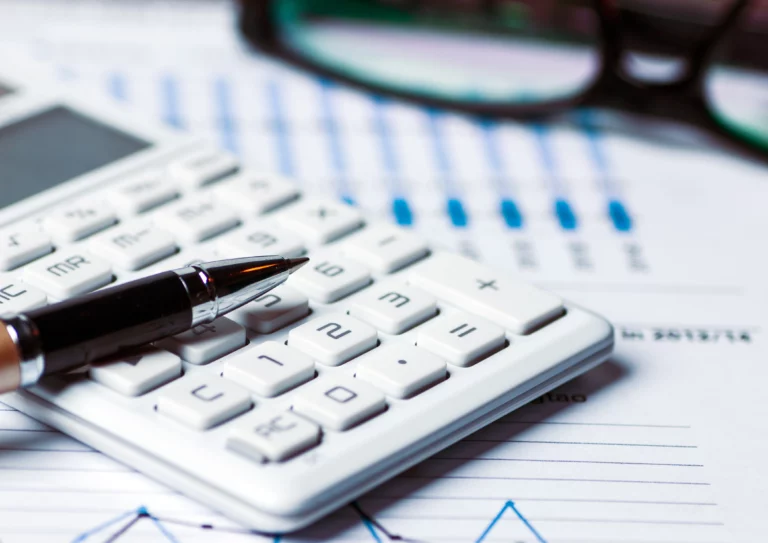The Pric(ing) Is Right!
Pricing Strategy in Today’s Economy
What is Pricing?
Have you ever asked yourself what “Pricing” really is? We all jump to the
simple definition of price – the cost of the product or service. More
specifically, the cost per unit or cost per month or cost per module, etc.
However, “Pricing” is so much more than the bottom line or dollar amount. Pricing can signal the value of the product or service, it can drive customer behavior, and it can make or break a business.
What is a Pricing Strategy?
A pricing strategy is the system AND insights used to set price levels and
packaging for products and services. Did you catch the key words there?
The key words are system and insights. Your pricing strategy should be a
set of repeatable processes using data and market intelligence to determine optimal dollar amounts, frequencies and packaging. Wow, that definition makes it seem pretty daunting! Maybe you are not quite ready to build out your pricing team, but there are a few simple actionable steps you can take today to improve your pricing strategy.
How did you set your prices today?
Let’s do a quick reflection on how you set your prices today. Odds are if you are a small to medium sized business, you took 1 of 3 approaches:
1. Guessing – You would be amazed at the number of companies (some even quite large) with no real clue on how to price their products and services. Pricing can feel overwhelming, so you woke up one day and picked a price that “felt good”. This can work to get started, but I bet
we can all agree we can add some more intentionality behind our
pricing.
2. Competitive Analysis – The next most common pricing strategy is
taking a look at competitors in your industry or area. A quick search
can reveal what others in your space are charging and at what
frequency. Then you pick a number in the middle and call it day. I’d
call this the inaccurate shortcut method. It can give you a ballpark range to get started, but has little real data or product insights
involved.
3. Cost-Plus – Many product focused business employ a simple “cost-plus” model. This is understanding what it costs to produce your product
and then adding a fixed amount or percentage to it. Although this is
very simple, we miss critical market insights from our competition and
customers.
What Pricing Strategy Should I Use?
There are many pricing strategies out there, and there is certainly not a one size fits all approach. Even businesses selling the exact same product can have very different pricing approaches.
My favorite strategy is Value-Based Pricing. This strategy focuses on
curating prices and packages based on what customers believe your product is worth. Our goal as businesses are to provide maximum value to the customer at the highest profitability possible. We want our customers to be satisfied with the value they receive for the price they pay. This not only allows us to maximize profits up front, but also ensure repeat or long term customers.
How do I Determine Value?
Value-based pricing sounds great. It is a win-win situation! How do I
determine the “value” or how much the customer is willing to pay? I’m glad you asked! Here a few ways to figure this out. I’d highly recommend doing more than just one. You get out what you put into the exercise.
1. Customer Interviews – Talk to your customers! Set up quick 30 minute calls with key or long term customers. Ask them what they enjoy
about your product. Ask them the pain points or improvements they
would like to see. Get to know how they feel about current price
levels. Ask them how they would like to be charged (units, monthly,
etc). Don’t be afraid to connect with your customers.
2. Customer Surveys – Maybe you have a ton of customers and can get a lot of data (more data is better). Try creating a simple survey that you
can sent out to your customer base. Often the anonymity behind a
survey can lead to some very insightful feedback. Ask similar
questions as above. Pro-Tip: Try offering an incentive like “10 random
winners will receive a $50 gift card”.
3. Competitive Analysis – Take a deeper look at the top 3 to 5
competitors out there. Odds are they have done some pricing research as well. Dive deeper than just the overall prices. Review
what they charge for (usage, units, bundles), the frequency they
charge, feature sets included, discounts offered and support levels.
4. Market Surveys – There are many companies out there that can perform broad market surveys to gather similar results. This can come with a cost, but it will provide one more data point.
5. Develop Buyer Personas – Try to get in the head of your customers. A great exercise is to create fictional customers that represent your main
groups of clients. Take into account what problems they are trying to
solve, their job titles, industries, personality, etc. This can help you
understand who they are and what they are willing to pay.
What are the next steps?
Great job! You’ve gathered a plethora of data, and you’ve created some
really interesting customer personas. You have also deepened your
understanding and actual relationships with your customers. Now what?
Take some time to analyze and synthesize the data. Your goal is to align
features, benefits and price points with each customer type. We then want to create a range of packages or products to cater to each of these customer types. By developing Tiers or Bundles, we can reach a broad range of customers, curate what they see and receive and maximize their value for the price.
Finally, try it out! Consider testing your new strategy on the next customer or subset of customers. One strategy is “A-B” Testing or trying it out on every other client for a set period of time. Another option is to select a small group or cohort of customers to try it out on before releasing it to everyone.
How often should I update pricing?
One common question I hear often is when should I change my pricing? I recommend reviewing your current pricing model and levels every 6 months. This would be a “medium” level intensity. There is no need to do a full blown analysis, but more status check or a pulse. Do I need to consider tweaking some packages or raising prices slightly?
Then approximately every 2 years consider a pricing refresh. Let’s revisit
the data, the personas and our customers. The world changes fast these
days and so does customer perception of value. Here is where you do
another deep dive of your own data, talk to your customers again and rinse and repeat. The 2 year mark is very intentional. It is often enough to not lose touch with the market and allow us to maximize profits. It also prevents “pricing fatigue”. We don’t want to overwhelm and lose customers with wholesale pricing changes that occur every quarter.
Final Thoughts
Pricing is tough! Getting pricing right is crucial to the long term growth and profitability of your business. However, by gathering data and developing a pricing process, you can unlock its potential. Learn what your customers value and what they are willing to pay. If you can deliver that value consistently, you will have customers for life!
Ready to Price?
Are you ready to set prices strategically for the first time? Maybe you need a full pricing reset? We are here to accelerate your growth and take your business to the next level. Set up time with myself or another Arena financial expert today!
BIO
Adam Baker, an Arena CFO, has over 10 years of professional experience across various industries. As a CFO consultant, Adam has partnered with multiple small to medium businesses to help them grow. These include a variety of startups, a SaaS pricing design firm, an international travel agency, and an engineering service provider.
Prior to CFO endeavors, Adam excelled in corporate finance for a $1B+ global manufacturing business spanning data analytics, FP&A and product management support. He enjoys working collaboratively with teams to strategically and tactically accelerate business growth. He has an MBA and MSF from Indiana University.




